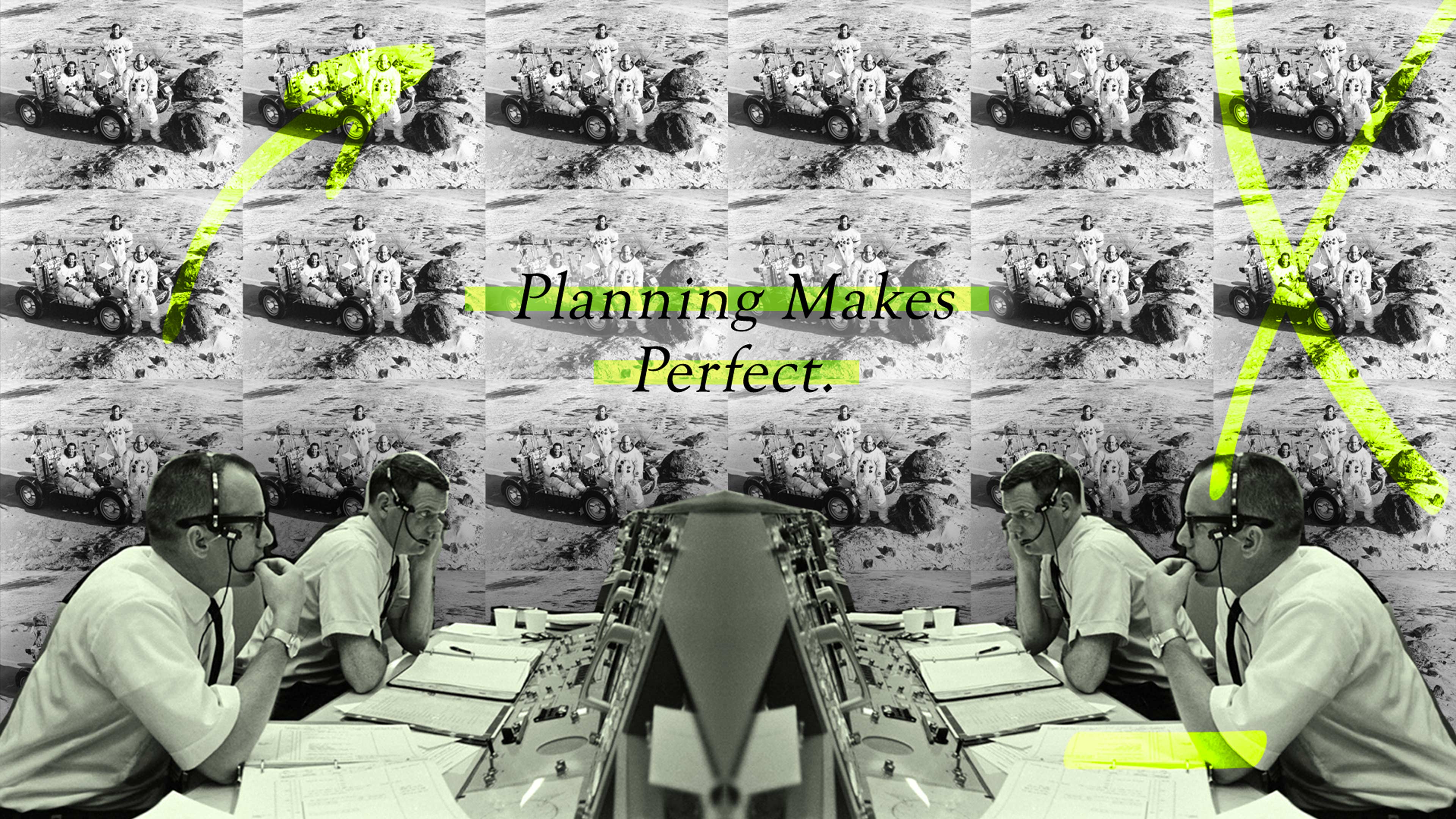

New website? No problem!
(With a little bit of preparation, of course…)
March 11, 2016
Websites are demanding endeavors for everyone involved. While your agency will be there to support you – from concept to design to production and execution – there are some elements of the process that will require (and benefit from) knowledge that only you can provide. You will be thrust into the thick of things – and the goal of this post is to ensure that you’re prepared.
Here are six areas where your active participation will help us design and deliver the best possible website for you.
- Know what you need, know what you like. The first step in the website process is scoping the project so we can set goals and determine which features, functionality and form will combine for your ideal site. Let’s talk – starting with the problems you have with your old site and what goals you have for your users. Ask yourself: What sites do I like and why? What are my competitors doing? This baseline knowledge will give us a head start on the process.
- You are the collective. Not everyone in your company can (or should!) join content and design review calls. So we’ll need you to serve as our agent on the inside to help navigate to the necessary decision-makers for review and approval on the website design, content and strategy. Getting approval and buy-in from key stakeholders early (and often) will cut down on confusion and review time over the course of the project.
- We need the keys. It is absolutely imperative to gain access to your current site and web server. If you are not the person with this information, then you can help facilitate these technical access discussions with your IT department. We might be changing service providers, migrating domains, or archiving content from the current site – none of which is possible without the keys to your current setup.
- Technical knowledge and verbiage. Yes, we know your business and we know your products – but in order to be sure we’re nailing everything from messages to look and feel, we’ll need access to the people in your organization who eat, sleep and breathe the products and the technical nuances that go with them. With your help, we may need to pull them in for content review, approval and editing.
- Messaging strategy...EXPOSED! In an ideal world, the company’s messaging and positioning would be locked up tight before anyone decides to embark on a new website project. But we don’t always live in an ideal world, right? This process has a way of bringing points of ambiguity and disagreement into sharp focus. You can help us build consensus among product and marketing team members so that all stakeholders are on the same page as quickly and peacefully as possible. There may be a few tough conversations, but it’ll be worth it in the end when everyone can agree that your new website says exactly what it should be saying to your customers, prospects, partners and other target audiences.
- Case studies, white papers, and videos, oh my! Over time, your company’s downloadable asset inventory can evolve into the equivalent of the “junk drawer” of scissors, matches and takeout menus in your kitchen. A lot of it is useful, some of it can get thrown away and some of it belongs somewhere else. When you’re building a new site, you’re “moving” – and you need to know what’s coming with you, as well as which room it needs to go in. Help us understand what downloadable assets exist (either on the website or otherwise) and where they can be found, and we’ll help strategize how to best utilize them on the site. And don’t be afraid to throw out useless items – they’ll only serve as clutter in your new digs!
Websites are a lot of work, but when it’s done right, all of your hard work will pay off, and you’ll have the website you’ve always wanted!